The swimming items market is experiencing a significant surge in demand, driven by various factors such as the rise in beach tourism, the influence of the body positivity movement, and the increasing popularity of water sports. This article delves into the market overview, highlighting the growing demand for swimming items and the key trends shaping the industry.
Table of Contents:
– Market Overview: The Growing Demand for Swimming Items
– Innovative Materials and Designs in Swimming Gear
– Technological Features Revolutionizing Swimming Accessories
– Comfort and Safety: Top Priorities in Swimming Items
– Seasonal Trends and Their Impact on Swimming Items
Market Overview: The Growing Demand for Swimming Items
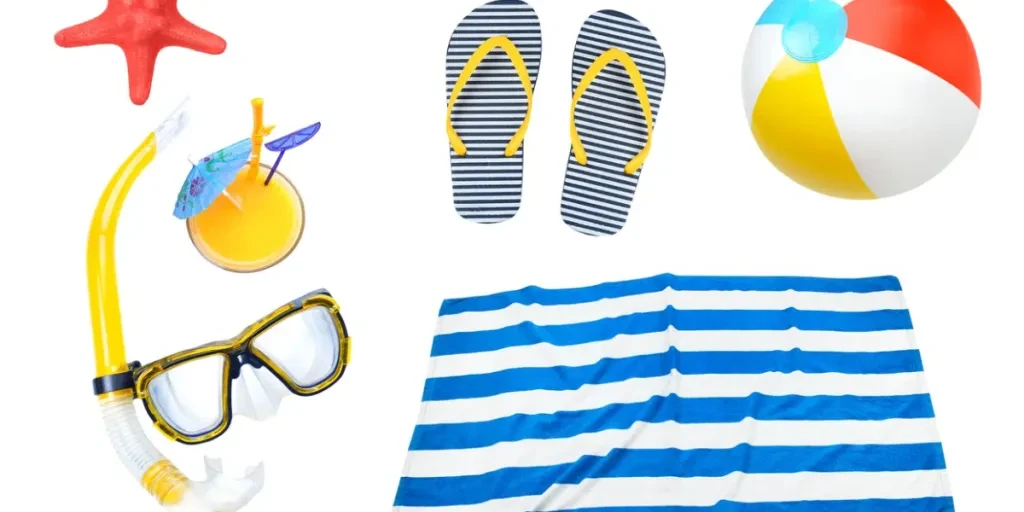
The global swimwear market has seen robust growth in recent years, with its size increasing from $22.72 billion in 2023 to an anticipated $24.39 billion in 2024, reflecting a compound annual growth rate (CAGR) of 7.4%, according to a report by Research and Markets. This growth is expected to continue, with the market projected to reach $32.1 billion by 2028 at a CAGR of 7.1%.
Several factors contribute to this upward trend. The rise in beach tourism is a significant driver, as more people seek leisure and recreational activities by the water. The body positivity movement has also played a crucial role, encouraging individuals to embrace their bodies and feel confident in swimwear. This cultural shift has led to a broader acceptance and demand for diverse swimwear designs that cater to various body types.
Moreover, the increasing popularity of water sports for health and fitness reasons has spurred the demand for swimming items. According to data from the Livestrong Foundation, over 91 million Americans, or 31% of the population, engage in swimming in natural bodies of water annually. This surge in outdoor swimming for health and recreation is a significant contributor to the growth of the swimwear market.
The burgeoning e-commerce sector is another critical factor propelling the swimwear market’s growth. The convenience, accessibility, size guidance, reviews, and tracking facilities offered by e-commerce platforms foster consumer engagement and drive swimwear sales. The United States Census Bureau reported a 7.5% increase in e-commerce estimates for the second quarter of 2023 compared to 2022, surpassing the overall retail sales rise of 0.6%. This escalating presence in the e-commerce landscape significantly boosts the swimwear market.
Innovative fabric development to enhance elasticity and performance stands as a pivotal trend in the swimwear market. Elasticity plays a vital role in swimwear, contouring the body and ensuring a snug fit during wear, resilient against chlorinated or saltwater exposure and sun exposure. Manufacturers in the swimwear domain are crafting inventive fabrics to cater to consumer-centric demands and elevate comfort. For example, in May 2021, MeUndies, a U.S.-based activewear manufacturer, launched a swimwear collection utilizing recycled plastic bottles and nylon material, offering eco-friendly, soft, super-elastic, and ocean-safe fabric.
Major players in the swimwear sector are forging partnerships to drive product innovation and bolster their market positions. Collaborations and partnerships in this domain drive innovation, harness synergies, and expedite the development and commercialization of advanced solutions by pooling resources and capabilities. For example, in June 2021, Adidas AG partnered with IVY PARK, a US-based fashion and activewear brand, to unveil a swimwear capsule collection named Flex Park. This collection features performance materials with at least 85% recycled content and encompasses various swimwear styles, cover-ups, and complementary accessories, emphasizing empowerment and self-expression.
In March 2022, Victoria’s Secret & Co., an American lingerie, clothing, and beauty retailer, acquired a minority interest in Frankies Bikinis, LLC for an undisclosed amount. Through this acquisition, Victoria’s Secret & Co. is focused on expanding its product portfolio and entering the beachwear market. Frankies Bikinis LLC is a US-based manufacturer of swimwear, apparel, and other clothing products.
The Asia-Pacific region was the largest in the swimwear market in 2023, with countries like China, Japan, and India showing a rise in swimming competitions and clubs, propelling the demand for swimwear. The region benefits from expanding online retail platforms, making swimwear more accessible to a wide audience.
Innovative Materials and Designs in Swimming Gear
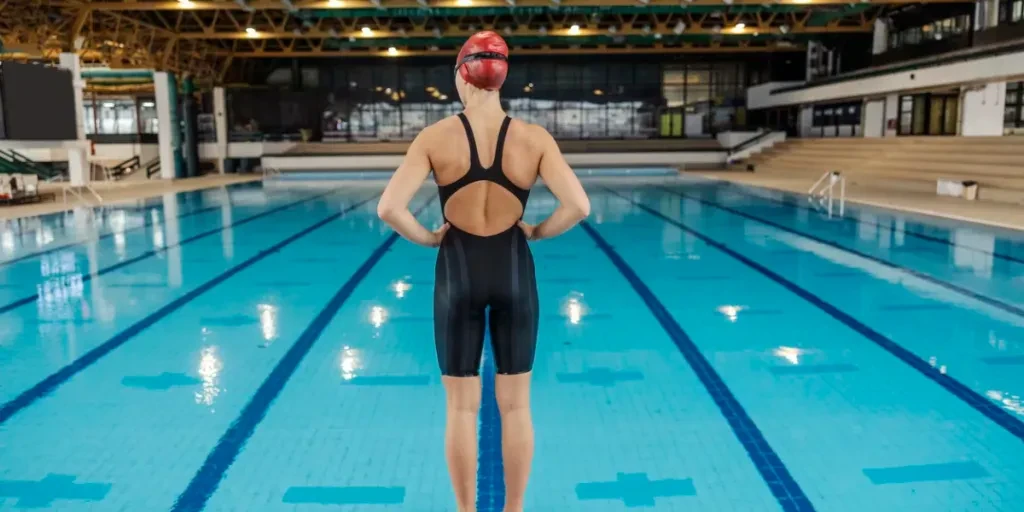
Cutting-Edge Materials for Enhanced Performance
The swimming gear industry has seen significant advancements in materials that enhance performance. Modern swimwear and accessories are now crafted from innovative fabrics that offer superior functionality. For instance, many high-performance swimsuits are made from hydrophobic materials that repel water, reducing drag and allowing swimmers to glide through the water more efficiently. These materials often include a blend of polyester and spandex, which provides both durability and flexibility. Additionally, some swimsuits incorporate carbon fiber technology, which offers compression and support to key muscle groups, enhancing performance and reducing fatigue.
Another notable material innovation is the use of eco-friendly fabrics. Brands are increasingly turning to recycled materials, such as recycled nylon and polyester, to create sustainable swimwear. This not only helps reduce environmental impact but also meets the growing consumer demand for eco-conscious products. According to a professional report, the use of sustainable materials in sportswear, including swimwear, is expected to grow significantly in the coming years.
Trendy and Functional Designs
Design trends in swimming gear are evolving to combine aesthetics with functionality. Modern swimwear designs are not only stylish but also engineered to enhance performance. For example, swimsuits with strategically placed seams and panels can improve hydrodynamics and provide better muscle support. Additionally, the use of bold colors and patterns is becoming increasingly popular, especially for competitive swimwear, as it allows athletes to stand out in the pool.
Functional design elements, such as adjustable straps and built-in support, are also gaining traction. These features ensure a comfortable and secure fit, which is crucial for optimal performance. Moreover, the integration of UV protection in swimwear fabrics is a growing trend, providing swimmers with added protection from harmful sun rays during outdoor activities.
Technological Features Revolutionizing Swimming Accessories
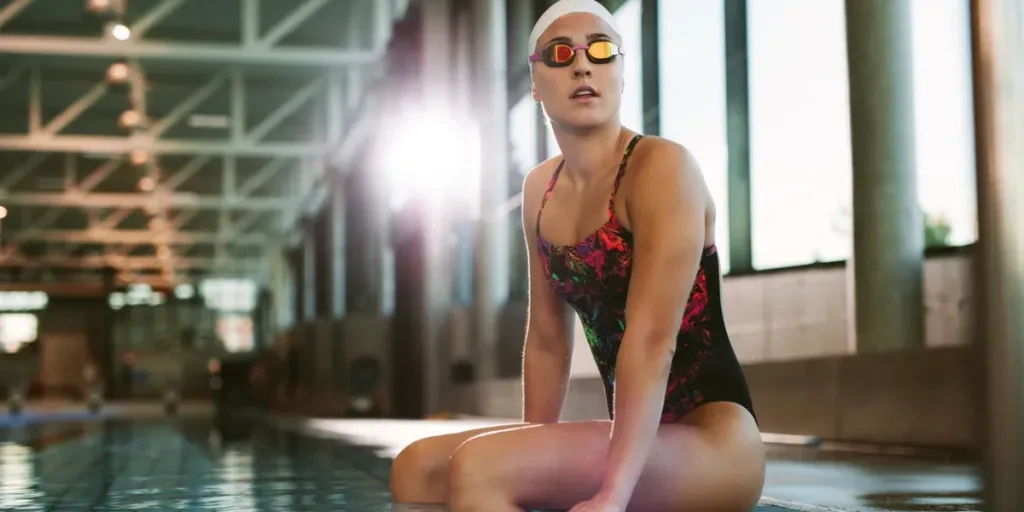
Smart Swim Goggles and Wearables
The integration of technology into swimming accessories is revolutionizing the way swimmers train and compete. Smart swim goggles, for instance, are equipped with heads-up displays that provide real-time data on metrics such as lap count, distance, and time. These goggles often connect to mobile apps, allowing swimmers to track their progress and analyze their performance over time. According to a report by a leading sports technology company, the market for smart swim goggles is expected to grow at a compound annual growth rate (CAGR) of 15% over the next five years.
Wearable technology, such as fitness trackers and heart rate monitors, is also becoming increasingly popular among swimmers. These devices provide valuable insights into a swimmer’s physical condition, helping them optimize their training and avoid overexertion. Some advanced wearables even offer personalized training plans based on the swimmer’s performance data.
Advanced Swim Training Aids
Swim training aids have also seen significant advancements, with new technologies enhancing their effectiveness. For example, swim resistance bands and drag suits are designed to increase water resistance, helping swimmers build strength and improve their technique. Additionally, underwater audio systems allow coaches to communicate with swimmers in real-time, providing immediate feedback and guidance.
Another innovative training aid is the use of virtual reality (VR) for swim training. VR systems can simulate various swimming environments and scenarios, allowing swimmers to practice their skills in a controlled and immersive setting. This technology is particularly useful for visualizing race strategies and improving mental preparation.
Comfort and Safety: Top Priorities in Swimming Items
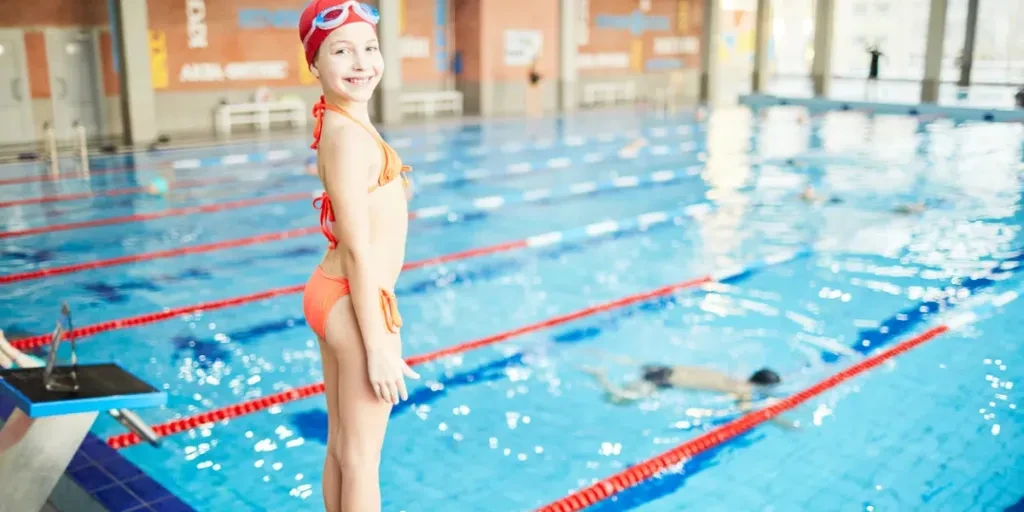
Ergonomic and Comfortable Swimwear
Comfort is a top priority in the design of modern swimwear. Ergonomic designs that conform to the body’s natural shape are becoming standard, ensuring a snug and comfortable fit. High-quality swimwear often features flatlock seams to prevent chafing and irritation, as well as adjustable straps for a customized fit. Additionally, the use of breathable and quick-drying fabrics helps keep swimmers comfortable both in and out of the water.
Safety Features in Modern Swimming Gear
Safety is another critical aspect of swimming gear design. Modern swim goggles, for example, are designed with anti-fog and UV protection features to ensure clear vision and protect the eyes from harmful rays. Swim caps made from silicone or latex provide a secure fit and help reduce drag, while also protecting the hair from chlorine damage.
Personal flotation devices (PFDs) are essential for safety, especially for novice swimmers and children. These devices are designed to provide buoyancy and support, helping swimmers stay afloat and reducing the risk of drowning. According to a report by a leading safety organization, the use of PFDs has been shown to significantly reduce the incidence of drowning in swimming pools and open water.
Seasonal Trends and Their Impact on Swimming Items
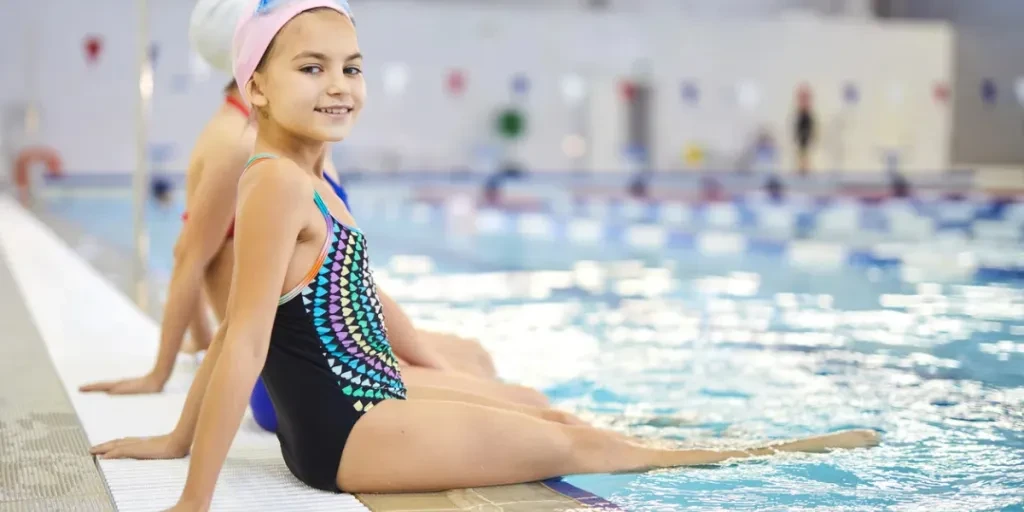
Summer Trends: Bright Colors and Lightweight Materials
Summer trends in swimming gear are characterized by bright colors and lightweight materials. Swimsuits in vibrant hues and bold patterns are popular choices, reflecting the energetic and playful spirit of the season. Lightweight fabrics that offer breathability and quick-drying properties are also in high demand, ensuring comfort during hot summer days.
Winter Trends: Insulated and Durable Swim Gear
In contrast, winter trends focus on insulated and durable swim gear. Wetsuits made from neoprene or other insulating materials are essential for maintaining body warmth in cold water. These suits often feature thicker panels in key areas to provide additional insulation and protection. Additionally, durable swim gear that can withstand harsh winter conditions is crucial for outdoor swimming activities.
Conclusion
The swimming gear industry continues to evolve, driven by advancements in materials, design, and technology. From innovative fabrics that enhance performance to smart accessories that provide real-time data, the future of swimming gear looks promising. As trends shift with the seasons, the focus remains on combining style, functionality, and safety to meet the diverse needs of swimmers. With ongoing innovation and a commitment to sustainability, the swimming gear market is poised for significant growth, offering exciting opportunities for businesses and consumers alike.



